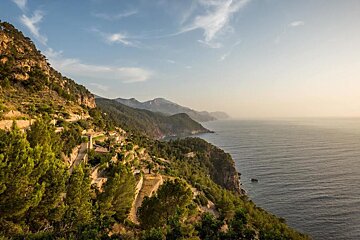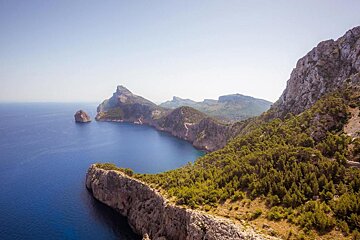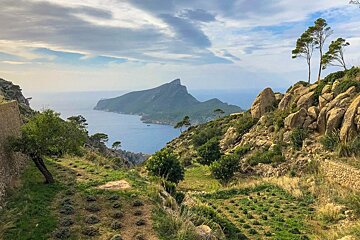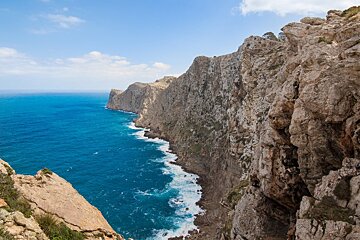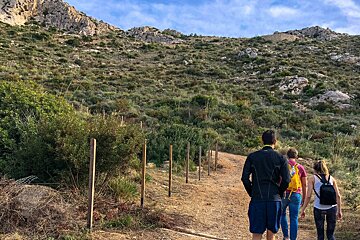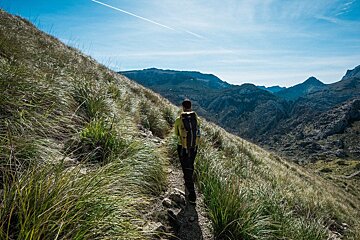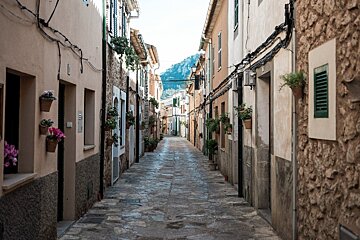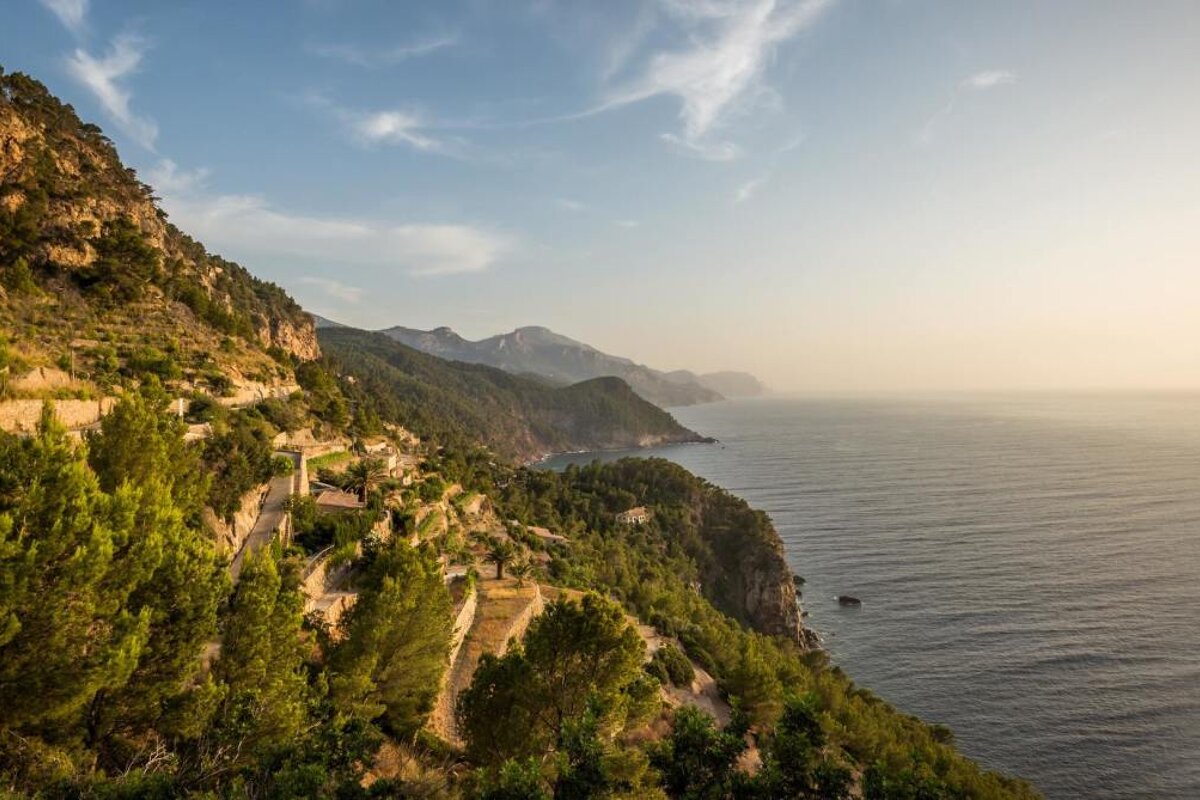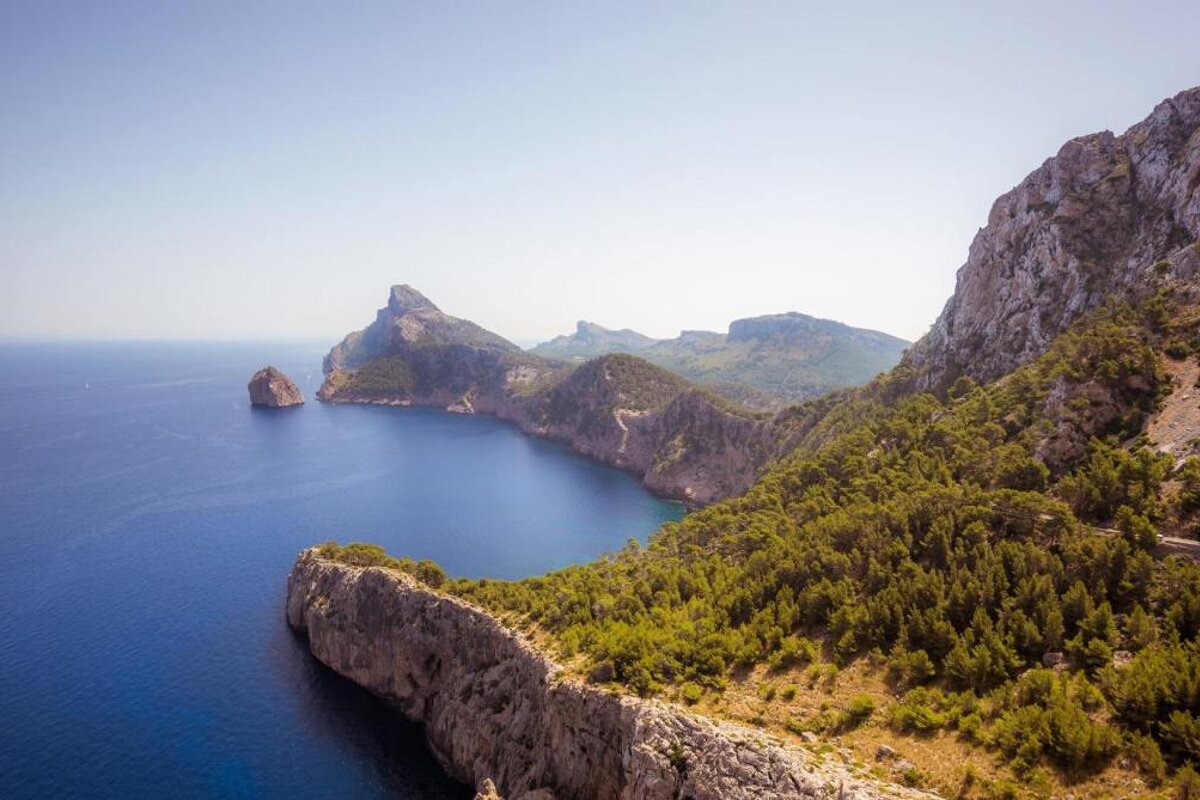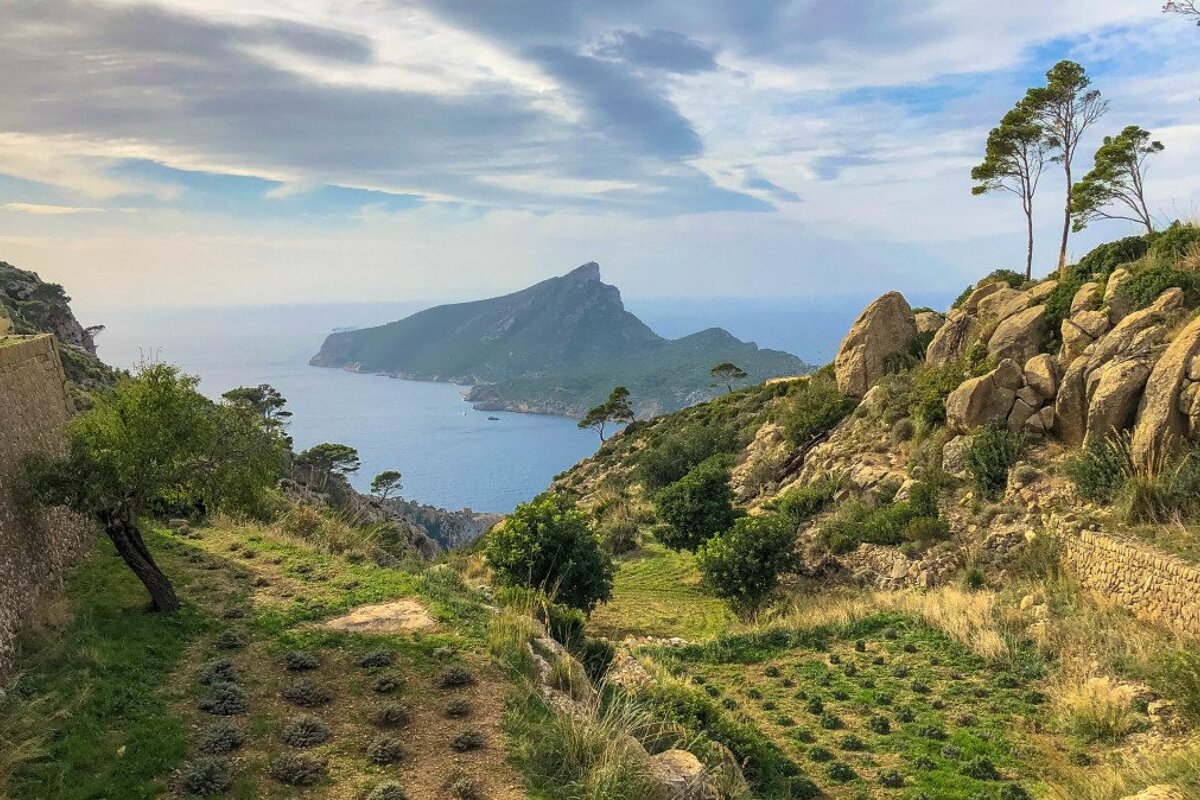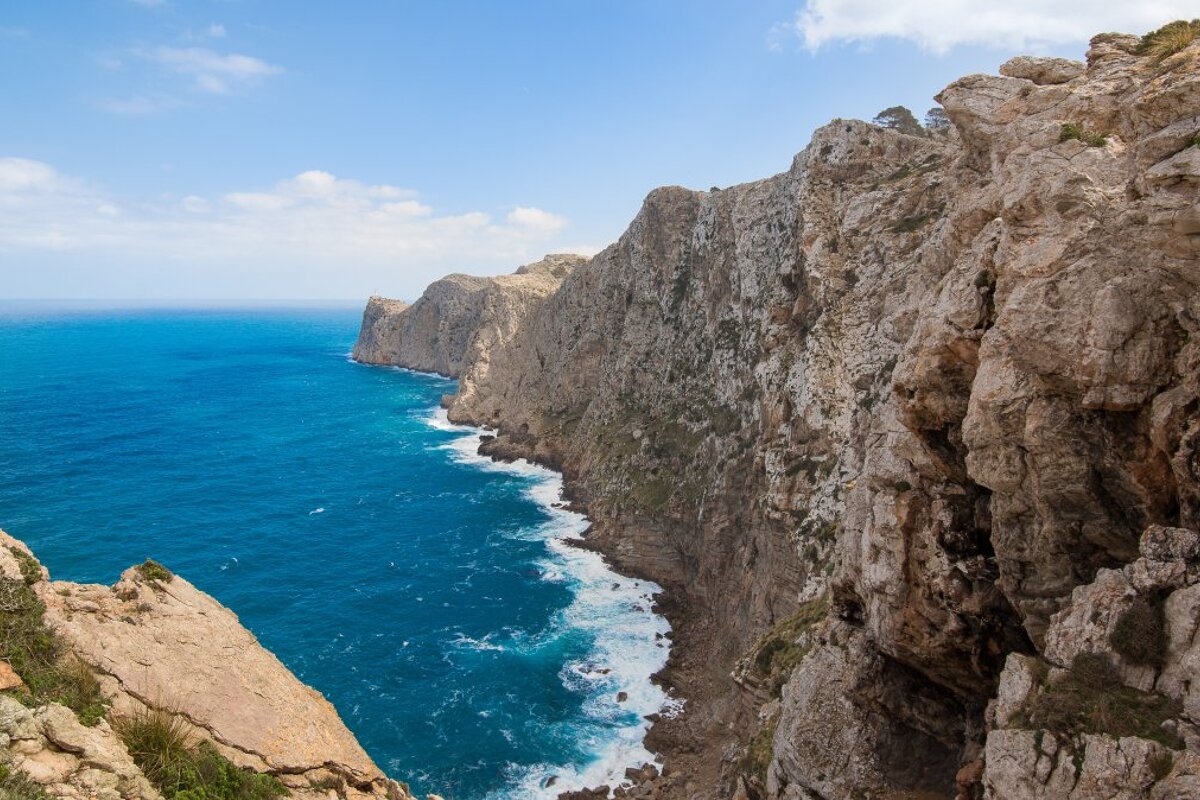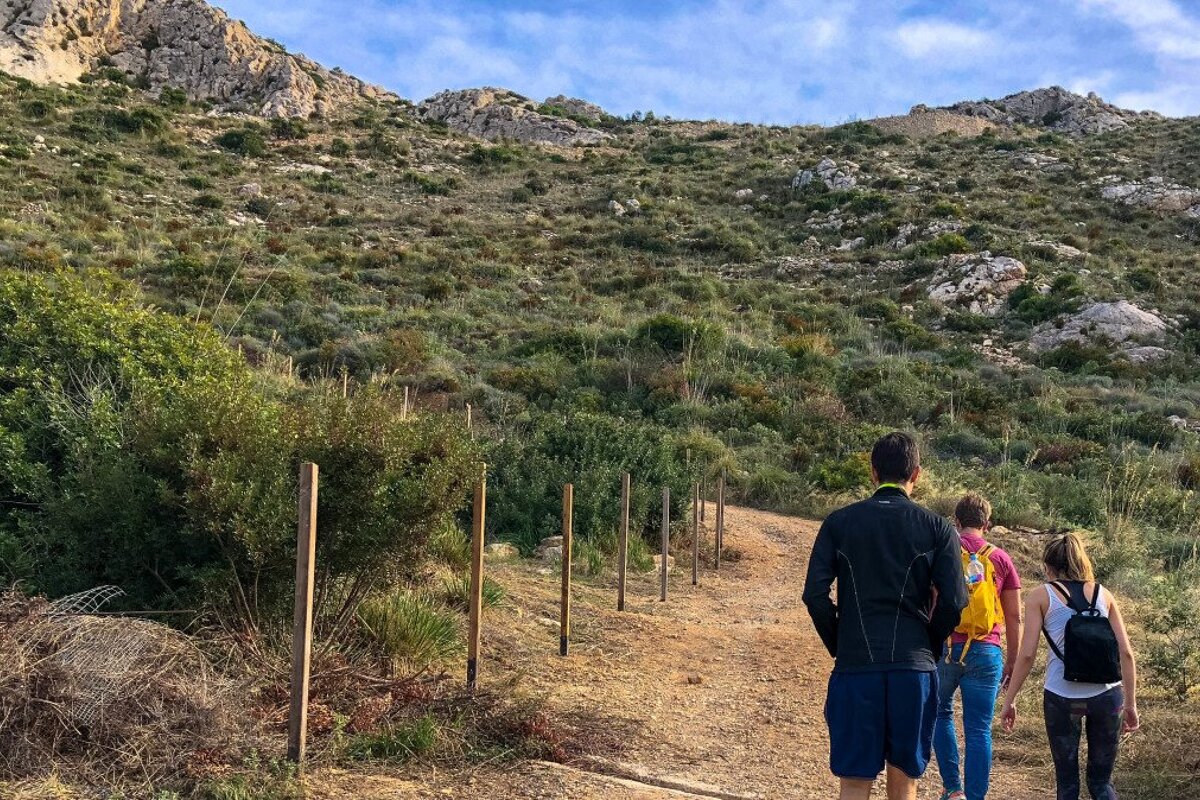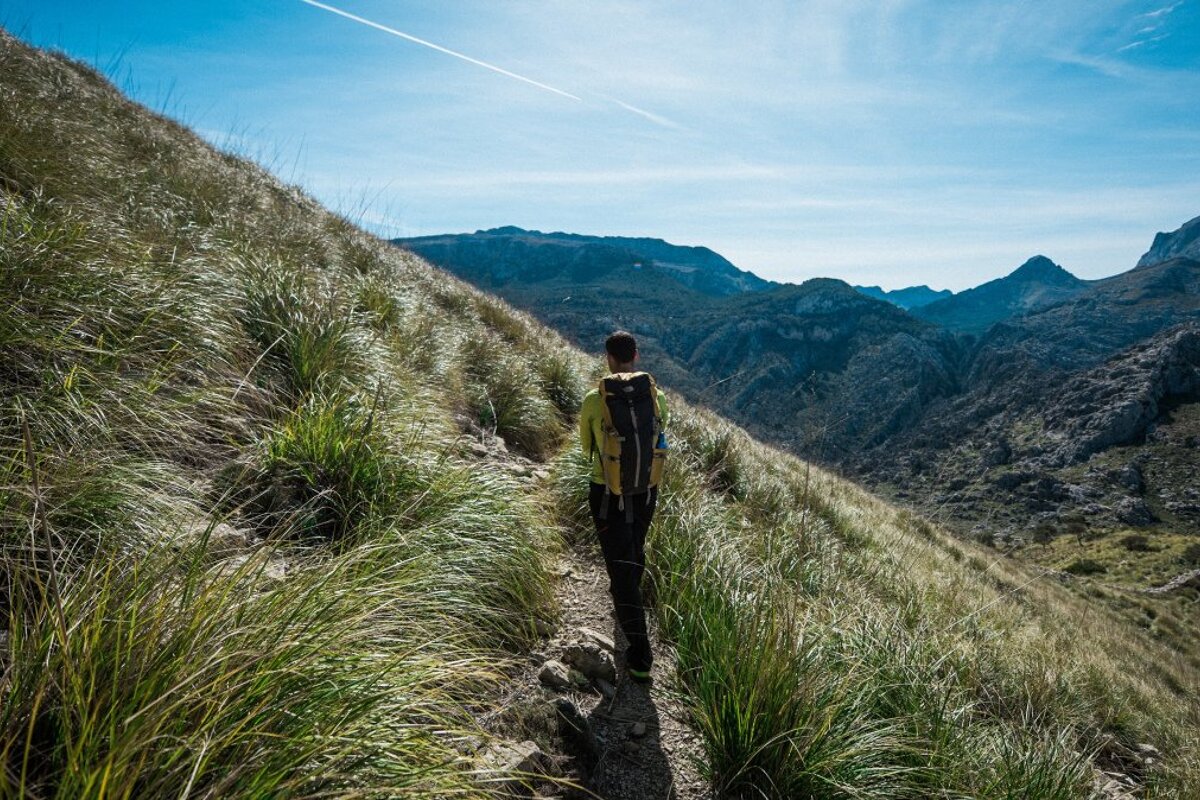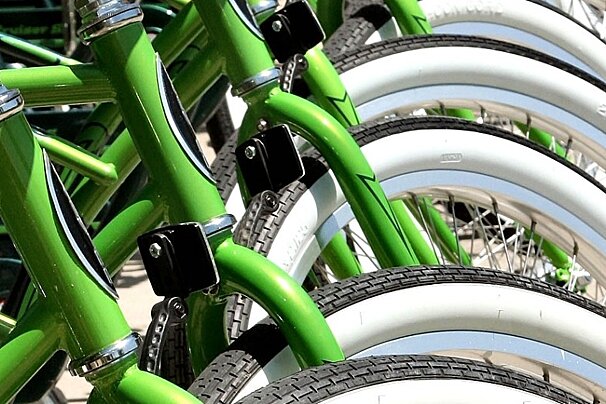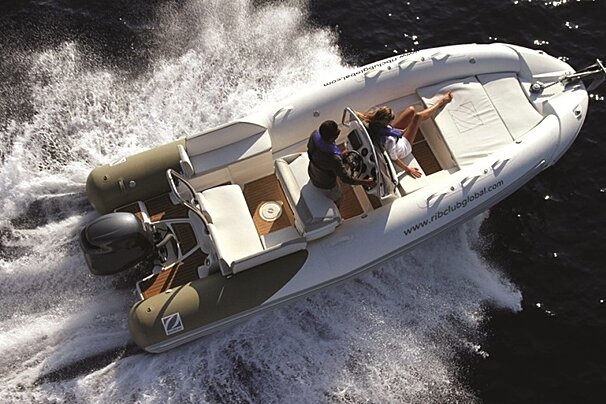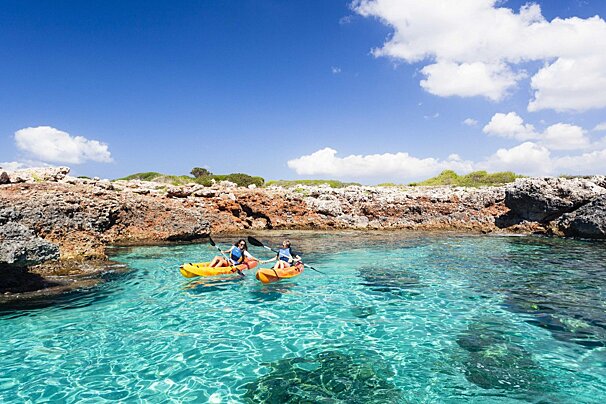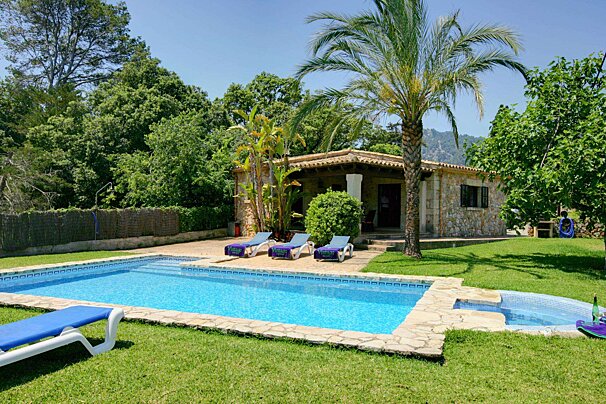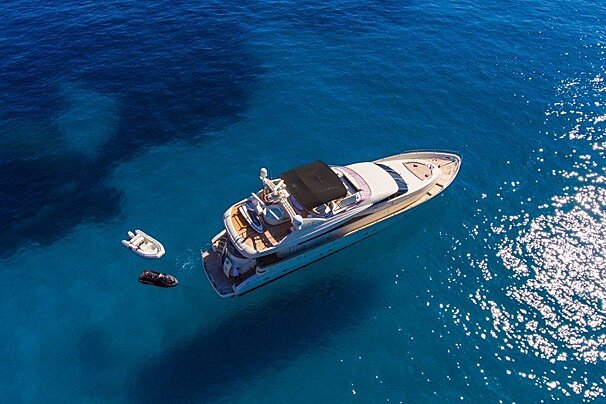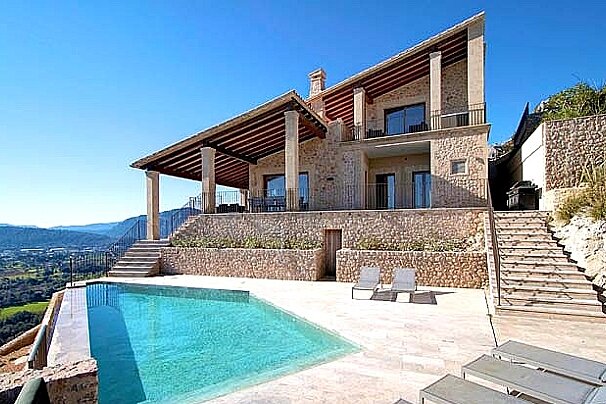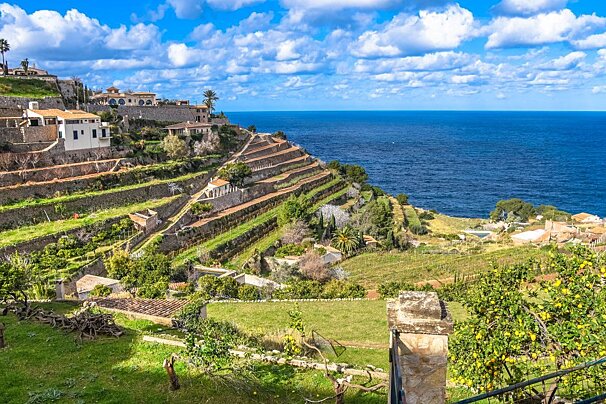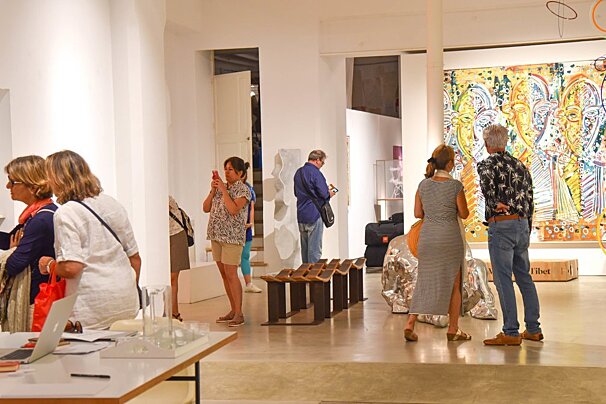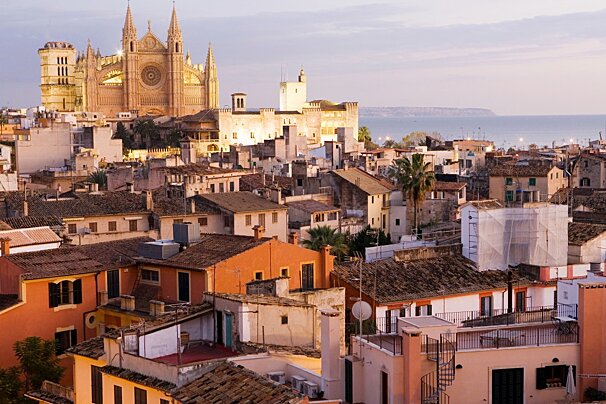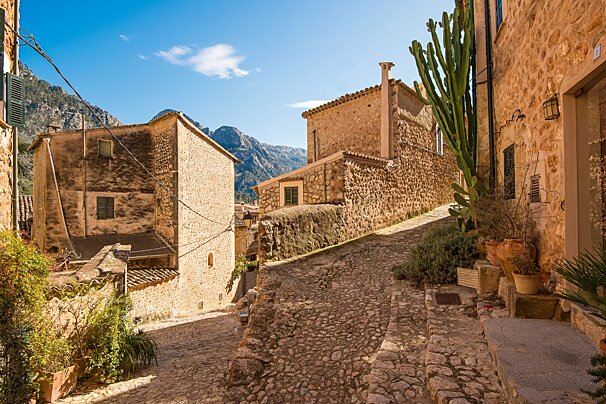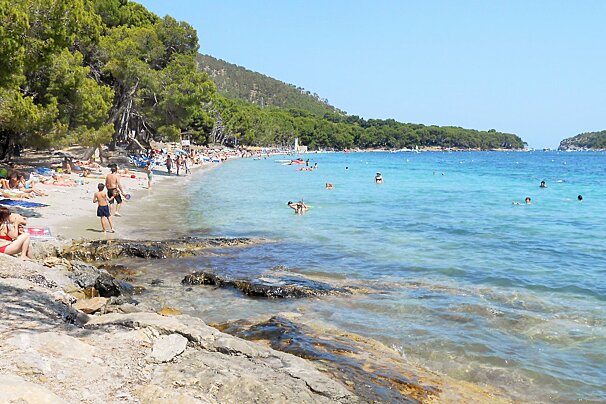
Serra de Tramuntana, West Mallorca
Mountain range in the west of Mallorca, perfect for hiking, cycling or a relaxing rural retreat
The Serra de Tramuntana mountains (translated as the "mountains of the north wind") run the length of Mallorca's northwestern coastline extending for almost 90km and claim some of the island’s most magnificent scenery. In 2011, it was declared a world heritage site by UNESCO under the cultural landscape category.
In a nutshell, the Serra de Tramuntana runs for 88km, from Andratx to Pollença, occupying 30% of the island's terrain at more than 1000km2. Ten peaks are over 1,000m here, most concentrated in the area around Lluc. The highest mountains are Puig Major (1,443m), Puig Massanella (1,348m) and Serra d’Alfàbia (1,069m). There are no rivers running through the Serra de Tramuntana though there are several mountain torrents which swell rapidly after rain. The Cuber and Gorg Blau reservoirs residing here are essential resources on an island so often affected by drought.
Much of the Serra Tramuntana consists of forested hills that give way to barren crags and peaks and the odd derelict blonde stone house or monastery. The mountain landscape could be described as timeless, as are the traditional mountain villages that dwell here. The western coastline is primarily rugged, with few beaches but instead pine-covered slopes leaning into the sea. Traces of the area’s history are still very much present in the form of ancient irrigation systems and dry stone terraces dating back to the Arabic occupation, where they made the most of the difficult agricultural landscape in the mountains.
The people of Mallorca have good reason to be grateful to the mountains - in winter they act as a buffer, shielding the plain from the fierce Tramuntana wind and absorbing most of the island's rain and snow. In summer, they provide a cool retreat from the heat of Palma and the south.
Directions
If you have to drive, try to avoid the peak months of July and August. Take care because the roads here are the most dangerous in Mallorca and the endless procession of hairpin bends requires total concentration. Just remember to take the roads slowly and watch out for cyclists.
